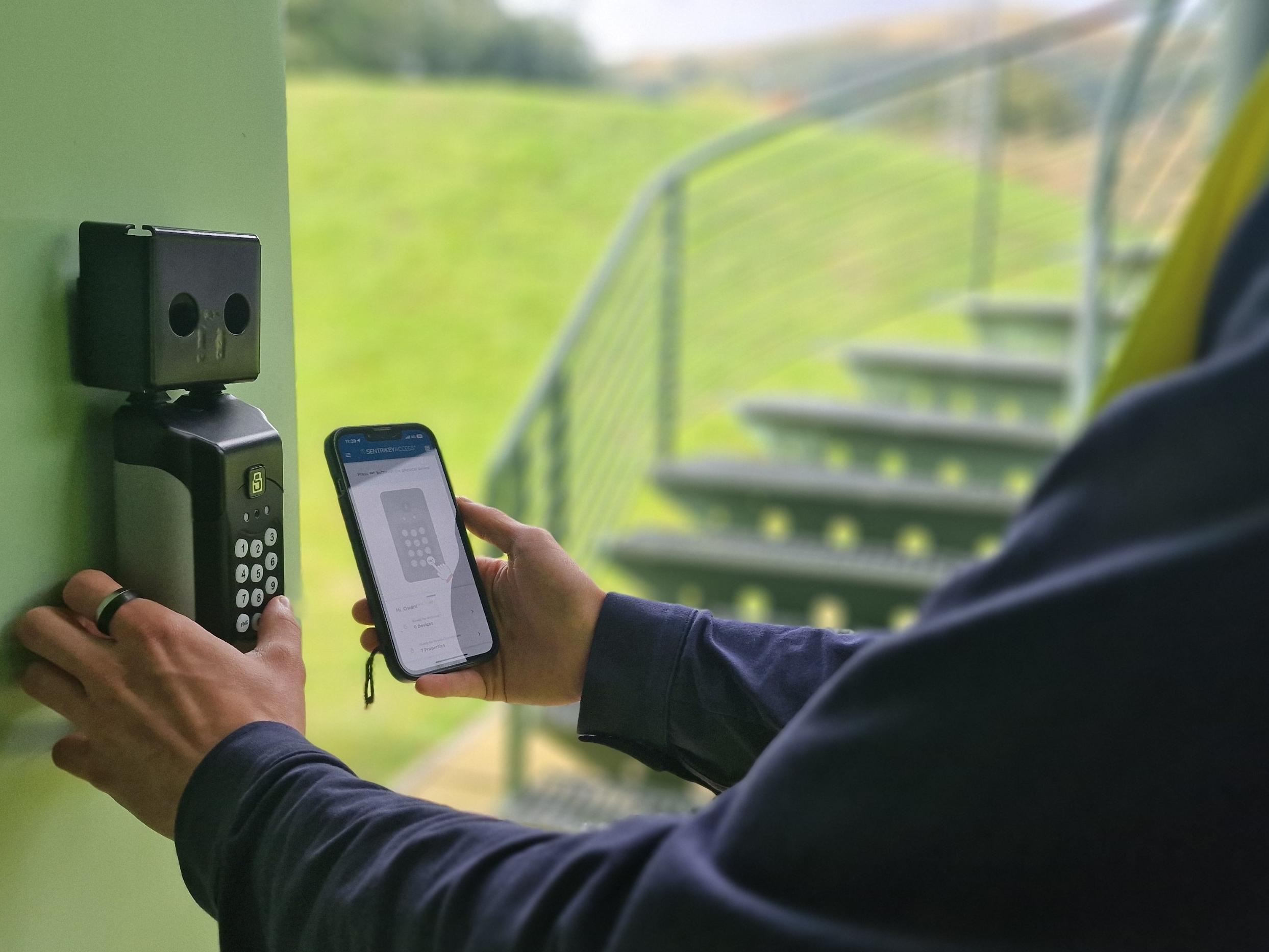
Brian Sims
Editor

Brian Sims
Editor
VOID PROPERTIES can be prime targets for thieves, vandals, fly-tippers and squatters. On that basis, Stuart Wheeler offers some Best Practice guidelines on how to ensure key holding isn’t an obstacle when it comes to securing and turning around such premises.

Take a walk along your local High Street. Compared to a few years ago, you may well notice many more ‘To Let’ signs adorning empty shop windows.
That comes as no surprise, though, given the number of shocks to the economic system that have occurred over the last five years, ranging from COVID-19 through to international conflicts, all of which have led to various consequences, among them energy price hikes, interest rate increases and a general shift in terms of work patterns and consumer behaviour.
According to detailed research conducted by market analyst Savills UK, the overall footfall of vacant retail space in the UK now stands at around the 14.5% mark, while the total number of void private sector commercial properties stands at approximately 165,000.
In addition, an estimated 7,000 commercial and business properties in Britain owned by local Government have been unoccupied for over 12 months. Further, a recent article published on the BBC’s website points out that business tenants are now more inclined to search for smaller, newer and more energy efficient office spaces to rent. They’re also willing to downsize owing to hybrid working and seek buildings that complement their own ‘Net Zero’ ambitions.
These trends might well be interpreted as an indication that a number of long-standing commercial premises would become vacant in the near future, in turn forcing owners to update and repurpose empty spaces in order to meet the demands of a changing market.
Extra protection
While the property market and customer demands are shifting, then, some truths remain unchanged: commercial property should generate money, not drain it. For their part, void sites imply outgoing costs and no profit, so it makes perfect sense that any vacant space should be ‘flipped’ as soon as possible.
Unoccupied premises can become an alluring target for squatters, vandals, thieves and trespassers, which is one of the main reasons why insurance companies charge higher premiums for such premises and require regular on-site security and fire safety-related checks.
Void properties must be protected by enhanced security measures. This often involves the installation of steel doors and screens, perimeter protection, vigilant surveillance systems and prompt alarm response. After all, any break-in can cause far greater financial damage than the costs of protection, while the owner is legally liable for any injuries sustained by trespassers.
Access issues
Legitimate access is very much required by contractors to upgrade and renovate these sites in preparation for the next business occupier. Any delays or missed visits result in further charges on an asset that’s essentially nothing other than a further bill while vacant.
A minor but, consequently, very important issue might arise when accessing a site that’s vacant on a 24/7 basis. For every contractor visit, property inspection or viewing, a key must be obtained off-site and then returned. This takes time, implies unnecessary travel and, potentially, may result in additional missed visit fees and rebooking arrangements on those occasions when a contractor is unable to gain entry. This may slow down the void property turnaround time.
What’s more, complex key holding arrangements can also slow down the security alarm response time. More and more security companies are now moving away from the traditional key holding model, in which keys are stored at the central location or in heavy key lockers in vans during patrols. While reaction time is critical, time is frequently wasted on either collecting keys or waiting for a key holding patrol (rather than the nearest one) to arrive on site.
Point of entry
What about storing keys at the point of entry? This may be controversial, but it’s a solution that has gained popularity in void property management with the implementation of secure range key safes and lockboxes.
The primary concern with such an approach is indeed security. Even though the property is void, the key holding solution must be more robust than doors or other means of entry to prevent opportunistic intruders from taking advantage of the new key holding arrangement.
Over the years, we’ve developed strong relationships with the top void property management companies here in the UK and Europe. These clients require a key holding solution that enables efficient FM service provision for vacant properties, while also providing a high level of security.
Storing keys at the point of need enables quicker alarm response times and allows approved contractors to enter the premises without any delays. That said, security must not be compromised.
Innovative technology
In that respect, SentriGuard key safes are suitable for commercial properties and certified to Loss Prevention Standard 1175 C1 and C3 security ratings. In addition to security, the SentriGuard key management system is notable for its innovative technology.
First, it incorporates a bespoke cloud-based platform that allows customers to manage access to multiple properties remotely and generate various audit reports that can also serve as a proof of service delivery.
Second, assigned individuals may gain access to premises either using the mobile app or a time-restricted code. The ability for clients to access real-time data of site visits thanks to a solution that doesn’t break the bank is crucial.
Stuart Wheeler is Managing Director at Keynetics (www.keyneticsltd.co.uk)
*Further information is available online at https://www.keyneticsltd.co.uk/key-safe-solutions/sentriguard/
Malvern Hills Science Park
Geraldine Road
Malvern
WR14 3SZ
UNITED KINGDOM
+44 (0)1684 219097